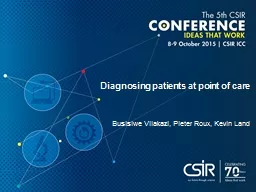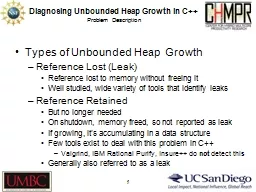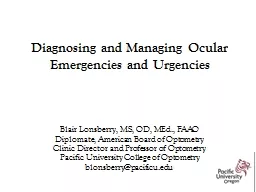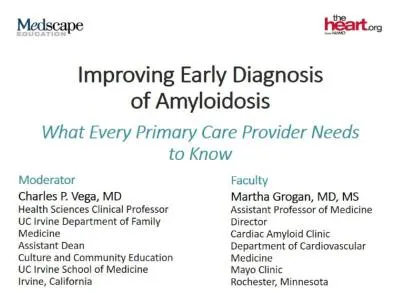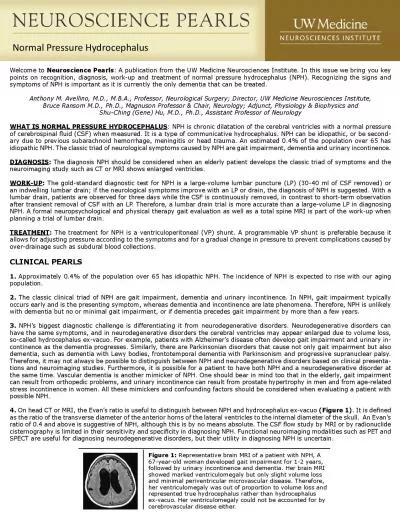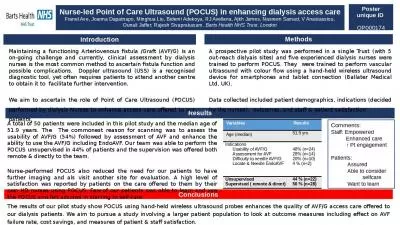PPT-Diagnosing patients at point of care
Author : tatyana-admore | Published Date : 2018-03-09
Busisiwe Vilakazi Pieter Roux Kevin Land Background A long and healthy life for all South African DOH Key Outcomes The equalising principles of primary health
Presentation Embed Code
Download Presentation
Download Presentation The PPT/PDF document "Diagnosing patients at point of care" is the property of its rightful owner. Permission is granted to download and print the materials on this website for personal, non-commercial use only, and to display it on your personal computer provided you do not modify the materials and that you retain all copyright notices contained in the materials. By downloading content from our website, you accept the terms of this agreement.
Diagnosing patients at point of care: Transcript
Download Rules Of Document
"Diagnosing patients at point of care"The content belongs to its owner. You may download and print it for personal use, without modification, and keep all copyright notices. By downloading, you agree to these terms.
Related Documents

